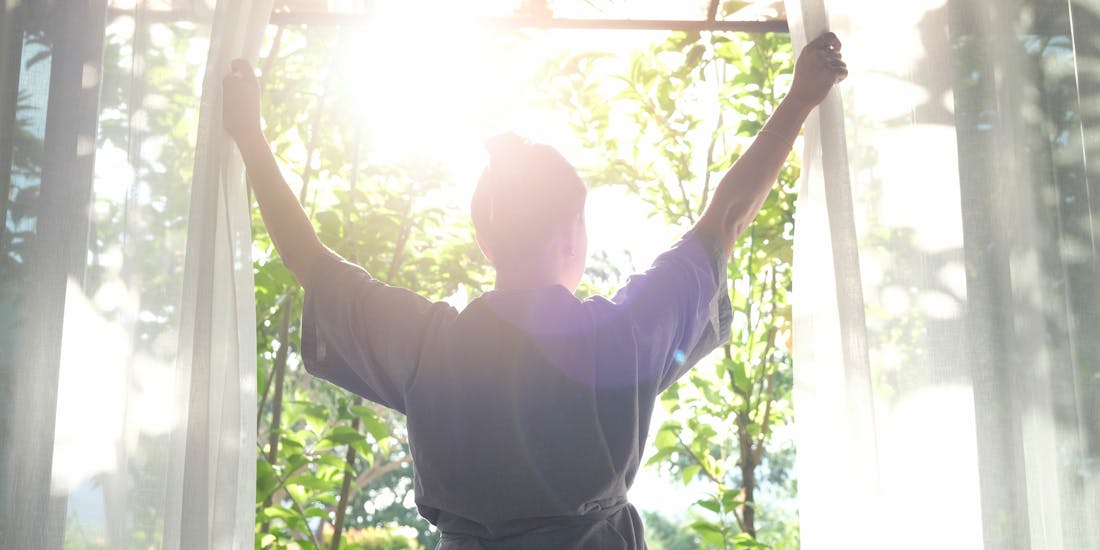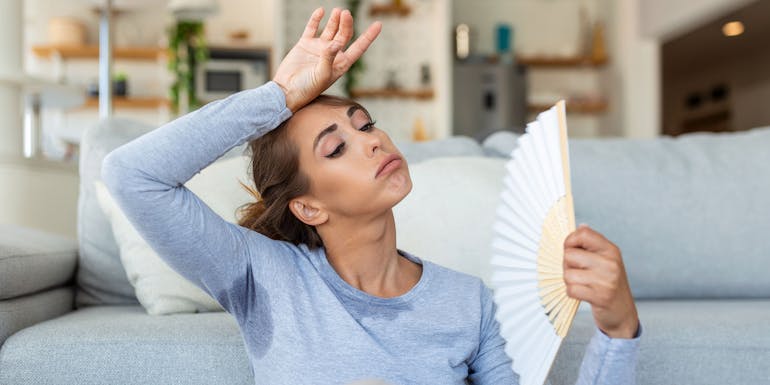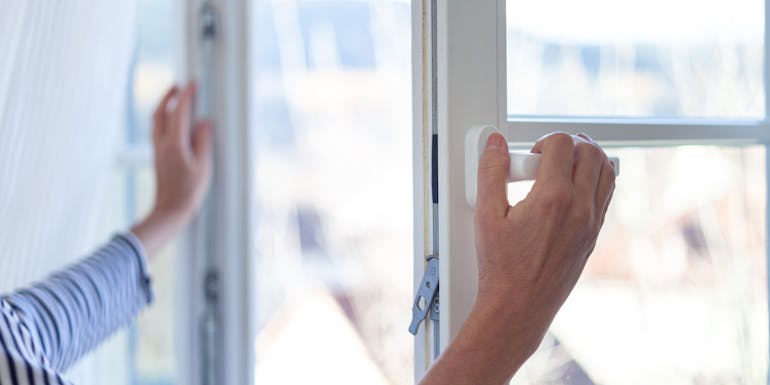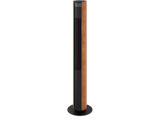
Nadine Walder, 24 July 2025
Regulating air temperature
Correct ventilation in summer – what is important
Temperatures rise at the start of summer and many people long for a pleasant coolness within their own four walls. When the temperatures increase outside, the heat can also affect the climate in houses and apartments. Correct ventilation is decisive in creating a pleasant, cool room temperature and maintaining healthy air quality.
Find out in this article
- How does the heat affect the climate in the room?
- Correct ventilation in your house or apartment in summer: what to do
- What else helps to create a healty room climate in Summer?
How does the heat affect the climate in the room?
When temperatures outside rise, the heat can also build in indoor rooms. This causes an unpleasant climate in the room, which can have a negative effect on our comfort and health. High temperatures can lead to problems concentrating, tiredness and even circulatory problems.
At the same time the heat also affects the air quality. The higher the temperature, the higher the pollutant emissions from furnishing and building products. A high room temperature facilitates the conversion of pollutants, such as VOCs, into a gaseous state. This contaminates the air in the room even more.
In the event of incorrect ventilation, humidity in indoor rooms can also become too high. The perfect humidity indoors is 40-60 % – it can rapidly increase in summer. This is because hot air can absorb more moisture than cold air can. If temperatures outside are higher than inside and you open windows and doors, the hot air penetrates inside and causes the humidity to increase.
Correct ventilation in summer is therefore not only decisive for creating cool, pleasant temperatures, but also to prevent humidity exceeding 60 %. So what should you bear in mind when ventilating in summer?
Correct ventilation of your house or apartment in summer: what to do
By ventilating correctly in summer you can keep the room temperature and humidity in a comfortable range. Bear the following points in mind when ventilating:
- Ventilate in the cooler hours: in summer it is advisable to ventilate early in the morning and late in the evening, when the temperature outdoors is lower than the temperature indoors. Avoid ventilating during the hottest times of the day, as hot air can enter the room as a result, causing the room temperature to rise.
- Impact rather than continuous ventilation in the summer: when ventilating in summer it is more effective to open the windows wide for a short time and to provide a rapid exchange of air, instead of having the window permanently open just a crack. Impact ventilation quickly removes the hot air and cool air floods in. As a result, room temperature and humidity remain in a comfortable range.
- Create a draught: when ventilating in summer, to allow good air circulation, you should open several windows or doors on opposite sides of the room. This creates a draught, which provides effective cooling.
- Use protection against the sun: during the day, windows, especially those facing the sun, should be covered with blinds, curtains or reflective film. This helps to prevent heat building in the room and the sun’s rays from having a direct effect on the temperature indoors.
- Place fans by the window: when you ventilate you can position a fan by the window or balcony doors. The fan can circulate the cool night air around the room and helps to cool the room down even quicker.
What else helps to create a healthy room climate in summer?
There are other measures that can contribute to a healthy, pleasant room temperature in summer, as well as correct ventilation.
- Avoid sources of excessive heat indoors. Reduce the use of electrical devices that give off a lot of heat, such as ovens, washer-driers or light bulbs.
- Use fans. They generally have a cooling effect on the skin, but unlike air conditioning units, do not dry out the air. Also the risk of catching a cold when using a fan is extremely slight.
- Monitor the temperature and humidity in your apartment. A hygrometer quickly gives you an overview of whether the humidity is in an optimum range. Humidity can quickly become too high in summer. If this is the case, you can use a dehumidifier to remove the humidity from the air.
- Create a pleasant atmosphere with indoor plants. Certain plants can improve the air quality and have a positive effect on the room climate.
See our blog post “Summer heat: tips for cooling off in the office” for more tips on how to cool off during the heat of summer, including in the office.
Correct ventilation in summer is also very important for maintaining a comfortable and healthy room climate. In conjunction with other tips, such as using fans and using electrical appliances as little as possible, this will help you to create a pleasant climate even on hot days, so nothing gets in the way of a relaxing summer.
Want to find out more about how you can protect yourself from the heat in summer and keep your home cool? You can find more information on our information page about cooling your flat.
If you have questions related to indoor room climate, please get in touch with us. Or subscribe to our newsletter to regularly get informed about current topics regarding indoor climate, experience reports or Stadler Form insights.







